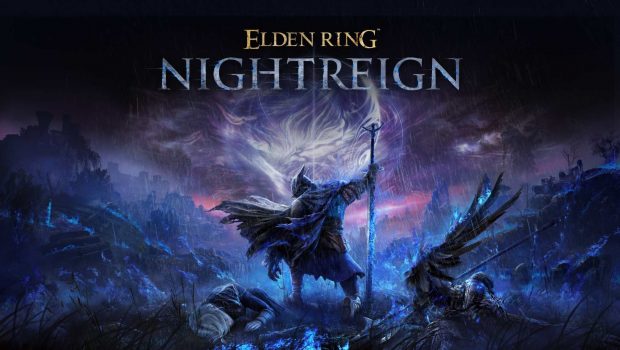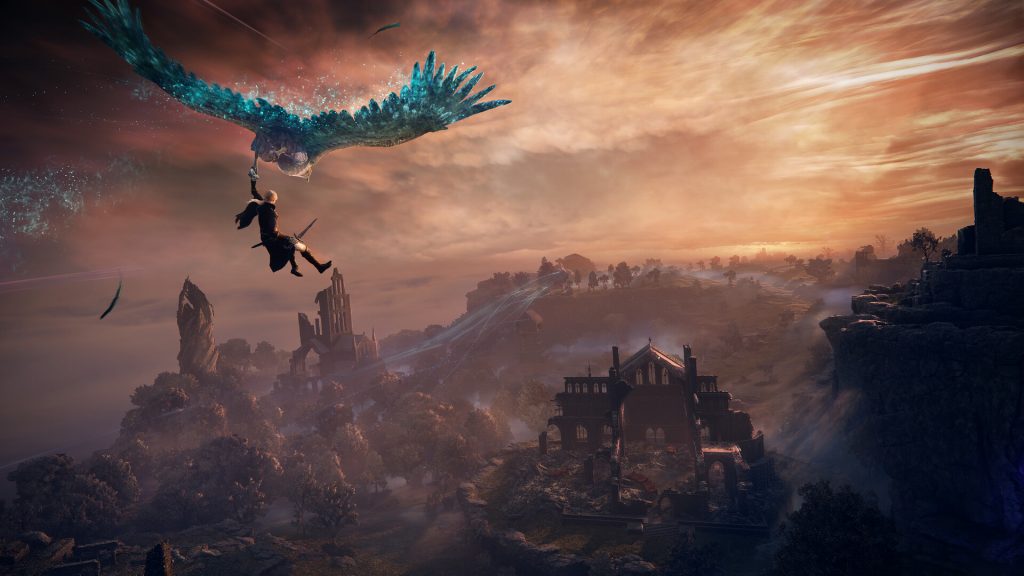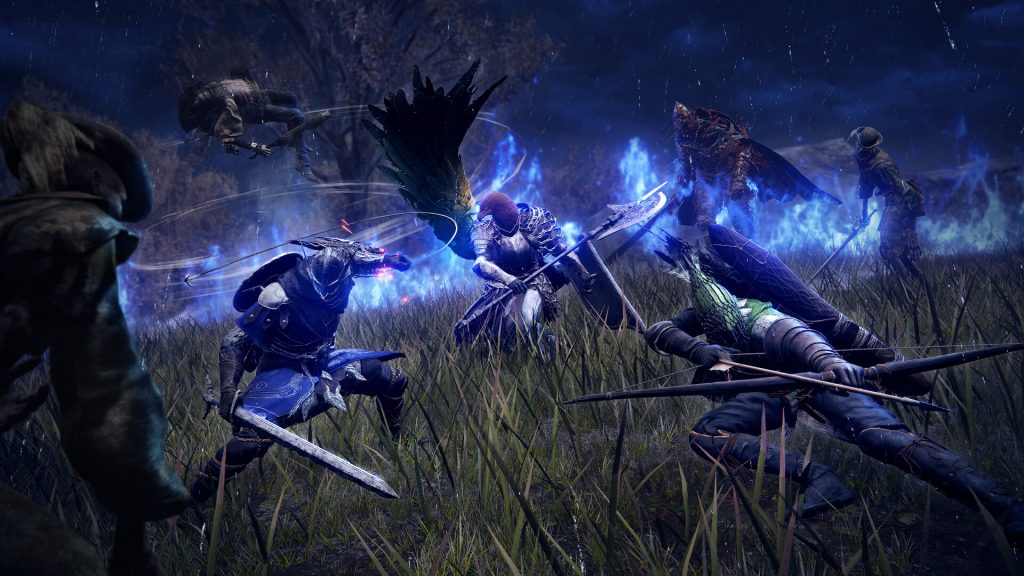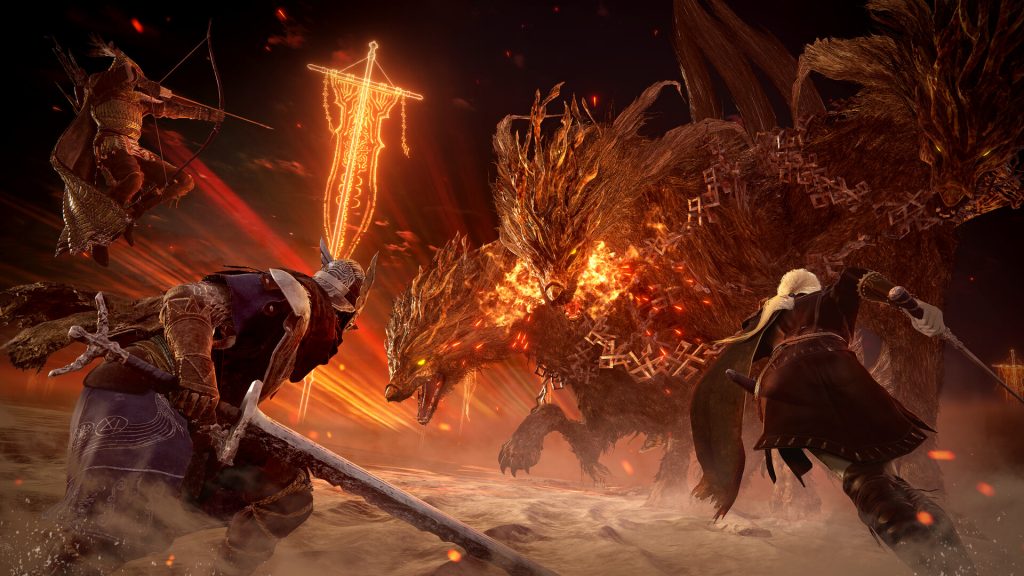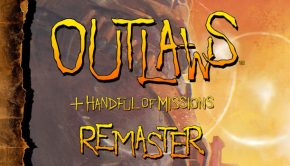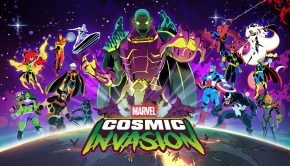Elden Ring: Nightreign PC Review (& Steam Deck)
Summary: A strangely, but ultimately fun and interesting spin-off from Elden Ring that works surprisingly well despite its odd choice of mechanics and lingering issues.
4.3
Strange but fun!
Elden Ring Nightreign, the curious spin-off to FromSoftware’s 2022 masterpiece is finally upon us!
Unlike Shadow of the Erdtree before it, Nightreign is a completely standalone title adjacent to Elden Ring, set in the same universe, with a setting that will be instantly familiar to anyone who has played the original game.
How does Nightreign differ from Elden Ring and its DLC then? In many ways, as it happens. First and foremost, unlike Elden Ring, Nightreign is focused on being a multiplayer experience. Single-player is available, though the game is presented as something to be shared with other players. Up to three players are tasked with teaming up and slaying the various beasts and gods that inhabit the land.
This focus on multiplayer means the setup is rather different than what came before it. After a short tutorial players are dropped into Roundtable Hold rather than the world itself, and from there, they can tweak their character, party up, and select an expedition to undertake. Each expedition takes place over three game days, with each of these days having a boss to defeat at the end. The day three boss is displayed in the menu before proceeding, but the other two are seemingly randomised on each run.
Once your party is ready to go, you’re dropped (quite literally) into the world by a hawk and left to your own devices. Each day is split into three phases. To begin with, there’s no time pressure and players are free to explore the sandbox as they like, defeating enemies, finding new weapons and supplies, levelling up at Sites of Grace, and the like. As time progresses, the game shifts into the second phase, it’s here where pressure starts to be applied. A ring of blue fire descends on the map and gradually decreases in size over time, forcing the party towards a final area and phase three, the boss.
This mechanic might sound familiar to anyone who has played Fortnite, Call of Duty Warzone, or any other battle royale game. It’s essentially the same thing. Initially, upon hearing that this was the direction FromSoft was taking the game, I let out a groan, lamenting it as another title that had tacked gimmicky mechanics from other genres onto itself for no obvious reason. However, I couldn’t have been more wrong.
The constant pressure leads to almost constant forward momentum. Players must be engaging with the world and its inhabitants to be ready for the inevitable boss encounter once the flames get too close. Some changes have been made to the Elden Ring formula to facilitate this. Sites of Grace now restore health when you draw near, and interacting with them only allows for static levelling up. It’s no longer possible to choose how you increase in strength, with each of the characters of the game having a preset levelling path. Enemies are no longer respawned while visiting a Site of Grace, either, so grinding out weaker enemies in a specific area is out of the question.
Dozens of smaller boss encounters are scattered around the map. Defeating any of these rewards a large amount of exp and rewards several new weapons. This means that aggressively hunting down these smaller bosses is integral to the game, as it’s often the most efficient way to increase your party strength in the short amount of time that’s available before being forced into the main boss encounter for the day.
Mobility has been drastically increased when compared to Elden Ring to facilitate this frantic playstyle. Sprint is infinite unless, in combat, there’s no fall damage, and even a double jump and ledge climbing mechanic has been added to make traversal all the easier. This all makes up for the fact that Torrent, your faithful steed in Elden Ring, is no longer present.
In terms of the combat itself, it’s identical to that found in Elden Ring, as you might expect. Another way that it differs though, is how Nightreign handles death. Assuming you’re playing as a part of a team, should you succumb to your injuries at any point, rather than being defeated instantly, the player goes into a down but not out state, and can slowly crawl around. Any other players can then attack that player, depleting a meter, which once emptied, brings them back to life.
Each subsequent near-death experience requires a larger chunk of damage to be brought back. Should not enough be done during the down state to revive a player, then eventually they die outright. This isn’t necessarily the end, though. Any deaths before the end-of-day boss result in that player respawning at a nearby Site of Grace, with the loss of a single level (which only happens once per encounter) and any carried runes dropped as is tradition.
As mentioned previously, character progression is slightly different, and the characters themselves are even more so. Unlike previous FromSoft titles, rather than creating a custom character at the beginning of the game that can be moulded into a given archetype, Nightreign gives access to a selection of premade characters, each with its abilities and weapon choices. For example, Guardian has a host of defensive abilities and sits in the tank role, and Wylder, a swordsman adept in two-handed great swords and has a grappling hook for increased mobility. Each of the characters synergise well with one another, and makes almost any party setup viable, at least in the early game.
Ending a run, be it through overcoming your foes or succumbing to them, rewards a currency that can be used in Roundtable Hold to purchase items and equipable artifacts designed to increase various aspects of each character’s combat prowess. Overcoming an expedition day three boss is necessary to move the story forward and unlock further expeditions.
Nightreign feels like it’s had a visual update over Elden Ring, this is perhaps down to the sandbox being far smaller (though still vast). Fidelity in general seems to be increased in each of the areas. Both the player and enemy models have a higher level of detail to them than before, despite many being recycled from Elden Ring. Performance was generally adequate during my time with the game, staying at 60fps for most of my playtime, though it seems that Nightreign has inherited some of the issues that have plagued Elden Ring since it launched, including some minor stuttering on occasion.
Audio is up to FromSoft’s extremely high standard, the soundtrack rumbles and soars, especially when engaging in the game’s impressive boss encounters. All the sound effects and incidental noises are largely the same as found in Elden Ring, and there’s nothing wrong with that, Elden Ring’s audio is fantastic.
Final Thoughts?
I first went into Elden Ring: Nightreign during the PS5 network test some months ago, and my expectations weren’t overly high. After that network text, I was left somewhat optimistic. All the FromSoft magic was there, excellent, minimalistic writing, fantastic audio, and crushing enemies. All of this has continued into the final game.
My scepticism about the Fortnite-esque ring of flames and multiplayer focus very quickly faded and I’ve had a blast with it so far, and I feel that it’s only going to get better being able to play it with friends. As a single-player experience, it feels a little shallow, but as a multiplayer spin-off to Elden Ring it’s undoubtedly a little strange, but it has surpassed my expectations massively and is definitely worth checking out.


